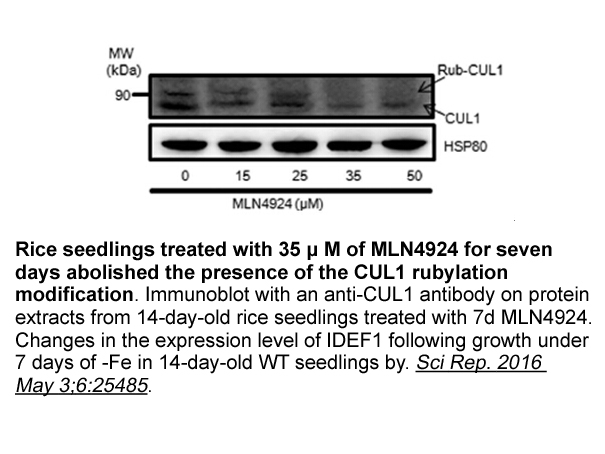Archives
br Conclusion br Conflicts of interest
Conclusion
Conflicts of interest
Introduction
Alzheimer’s disease is the most common neurodegenerative condition known to cause dementia (Ferri et al., 2005). Alzheimer’s dementia typically presents with initial recent episodic memory deficits, word finding difficulty and later with apraxia, anomia, agnosia and visuo-spatial deficits (Burns and Iliffe, 2009; Förstl and Kurz, 1999). Alzheimer’s dementia (AD) generally has onset after 65 years, generally progresses slowing for many years without any plateaus. Patients with AD usually have well preserved social cognition and insight about their cognitive deficits in the intitial stage (Ihara, 2016). Apart from the classical presentation of AD there are also atypical presentations of Alzheimer’s dementia. Three atypical forms of AD are described in literature. These are frontal variant of AD, Logogenic variant of AD and posterior cortical atrophy variant of AD (Galton et al., 2000; Kawakatsu et al., 2017). Posterior cortical atrophy (PCA) is one of the important and less studied pres entation of AD (Benson et al., 1988). Patients presenting with PCA are generally younger compared to those with typical AD. The clinical presentation initially would include visual symptoms without ocular disease, visuospatial deficits and visuo-perceptual deficits and later have memory deficits and language involvement (Mendez et al., 2002; Tang-Wai et al., 2004). These patients sometimes present with well-known syndromes such as Gerstman syndrome and Balint’s syndrome (Charles and Hillis, 2005; Midorikawa, 2010). Patient presenting with PCA features will generally have delay in diagnosis due to atypical presentation. Few patients present to ophthalmologists due to visual symptoms. There is paucity of literature on the prevalence, course. Prognosis and management of PCA. In this Neuropeptide Y 13-36 (porcine) article we describe about a middle aged gentleman presenting with PCA phenotype. We have also done relevant literature review.
entation of AD (Benson et al., 1988). Patients presenting with PCA are generally younger compared to those with typical AD. The clinical presentation initially would include visual symptoms without ocular disease, visuospatial deficits and visuo-perceptual deficits and later have memory deficits and language involvement (Mendez et al., 2002; Tang-Wai et al., 2004). These patients sometimes present with well-known syndromes such as Gerstman syndrome and Balint’s syndrome (Charles and Hillis, 2005; Midorikawa, 2010). Patient presenting with PCA features will generally have delay in diagnosis due to atypical presentation. Few patients present to ophthalmologists due to visual symptoms. There is paucity of literature on the prevalence, course. Prognosis and management of PCA. In this Neuropeptide Y 13-36 (porcine) article we describe about a middle aged gentleman presenting with PCA phenotype. We have also done relevant literature review.
Case history
A 50 year married gentleman with 10 years of formal education hailing from semi-urban background was referred by a physician to our facility for diagnostic opinion. Patient’s younger brother who accompanied him reported complaints of calculation difficulties, unable to do regular work since 2 years and 6 months and forgetfulness since 1 year and 6 months. Patient was admitted for further evaluation and management. Patient premorbidly was well adjusted. Family history and past history were nil significant. Personal history revealed alcohol use since 20 years with quantity of 120 ml twice a week and was abstinent since 2 years. Nicotine use since 25 years in the form of smoking cigarettes in dependence pattern and abstinent since 1.5 years. On clarification of history, patient had insidious onset, gradually progressive cognitive decline since 2 years and 6 months. He initially started to have difficulties in calculations, handling finances and few months later developed difficulty in dressing. He later developed difficulty in judging the distances while riding car, when trying to grab an object made multiple tentative attempts before reaching. Subsequently, Cell hybrid developed difficulty in tracking sentences in newspaper and difficulty in navigating with visuospatial confusion, wearing foot wear wrongly and later progressive decline in reading and writing ability. From the past 1 year and 6 months, patient has developed recent memory deficits in the form of forgetting recent events, conversations, scheduled activities, misplacing his belonging, difficulty in recalling names of familiar people. For the last 1 year patient has reduced spontaneous speech, speaking only brief sentences and has difficulty in following complex commands. Since 1 year patient has given up driving car due to difficulty in handling multiple things required for driving and also due to navigational difficulties. On Physical examination patient’s vital were stable. Nervous system examination showed nil focal deficits, no Parkinson’s signs and cerebellar signs. On mental status examination patient had acalculia, dysgraphia, alexia, left to right confusion, dressing apraxia, poor constructional ability, visuo-perceptual deficits and simultognosia. Patient was also noted to have mild recent memory deficits, decreased fluency of speech. On standard cognitive assessments patients scored 14/31 on Hindi Mental Status Examination (HMSE) and 34/100 on Addenbrooke’s cognitive examination (ACE- III). Patient’s laboratory investigations were within normal limits as shown in Table 1. Fused F18 FDG PET CT images showed a. Asymmetric decrease in tracer uptake involving the parietal lobes involving the inferior parietal, supramarginal and angular gyrus (left >> right) b. posterior cingulate gyrus c, d. bilateral temporal lobes (left >> right) involving the parahippocampal gyrus, hippocampus and amgydala, e and f. precuneus (left >> right), cuneus, also involving middle and inferior occipital gyrus on the left side (Fig. 1, Fig. 2). The diagnosis of Posterior cortical atrophy variant of Alzheimer’s dementia was made. Patient was started on Donepezil 5 mg (p.o). Psychoeducation about illness to family members and home based cognitive retraining tasks were given to patient.